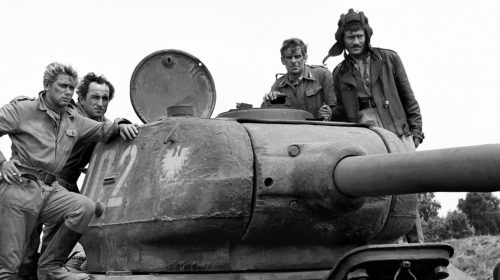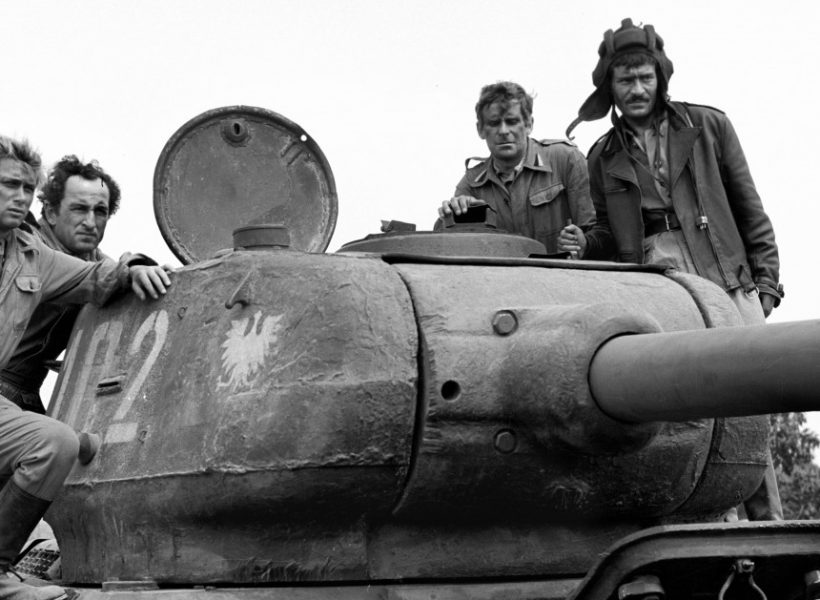Świecie is a town located in the northern part of the Province of Kujawsko-Pomorskie, at the estuary of the Wda River to the Vistula River, in the Pomeranian Lake District.
Świecie was first mentioned in documents in 1198, which marked the time it was the capital of the independent Duchy of Pomerania. When the Teutonic Order was brought to settle in the region of Pomerania, the town became an important defensive gord (settlement) in that area. In 1309, it was attacked and seized by the Teutonic Knights, who established a commandry there, and started erecting a castle, which saw its completion in 1350. Świecie was granted its borough rights in 1338. After the Thirteen Years’ War, the town was incorporated in the territory of Poland, and continued growing rich from trade along the Vistula riverbanks, until the Swedish Deluge. The Swedish armies razed Świecie to the ground and burned the castle. After the first Partition of Poland, the town was incorporated in the territory under Prussian rule. In 1854, following one of the biggest floods in its history, which brought damage to all the buildings in the town, a decision was made to move Świecie on the left bank of the Wda River. The whole operation ended in 1885. The second half of the 19th century marks a period of prosperity for the town, during which the town saw the construction of a sugar factory, a sawmill, a power plant, the mill in Przechowo, and also a railway line, which connected it to other parts of the country. On 25th January 1920, Świecie was once again part of the territory of the Republic of Poland. The inter-war period was a time of intense economic development for the town, which ended abruptly with the onset of the Second World War. One of the most important events in the post-war history of the town was the decision to build a large pulp and paper complex, made in the 1960s.
The town can boast about a number of cultural events, such as: Międzynarodowy Festiwal Orkiestr Dętych (International Festival of Brass Bands), Nocne Śpiewanie na Zamku w Świeciu (Night Chanting at the Swiecie Castle), and the Blues na Świecie Festival, one of the biggest and most interesting blues music festivals in Poland.
Świecie in film
The Old Parish Church in Świecie “played” in episode 16 titled “Daleki patrol” of the TV series Czterej pancerni i pies/”Four tank-men and a dog” (broadcast from 1966 do 1970), in which it became the place where Janek (Janusz Gajos) and Marusia (Pola Raksa) meet for a date. That particular scene required a ruined church, and Świecie, with its destroyed and abandoned parish church came really handy for filming.
Świecie was also a birthplace for Andrzej Cichocki, a filmmaker, whose 14-minute short film “Las cieni”/ “Shadow Forest” won the Gold Remi Award at the WorldFest International Film Festival in Houston. The film was shot in the Tuchola Forest, and one of the leading characters in it was played by Paweł Tchórzelski, an actor working at the Wilam Horzyca Theatre in Toruń.
Świecie is also a place of origin for Paulina Walendziak, who cinema enthusiasts can remember well as one of the main protagonists in “Ja teraz kłamię” / “I am Lying Now” (2019), directed by Paweł Borowski.


